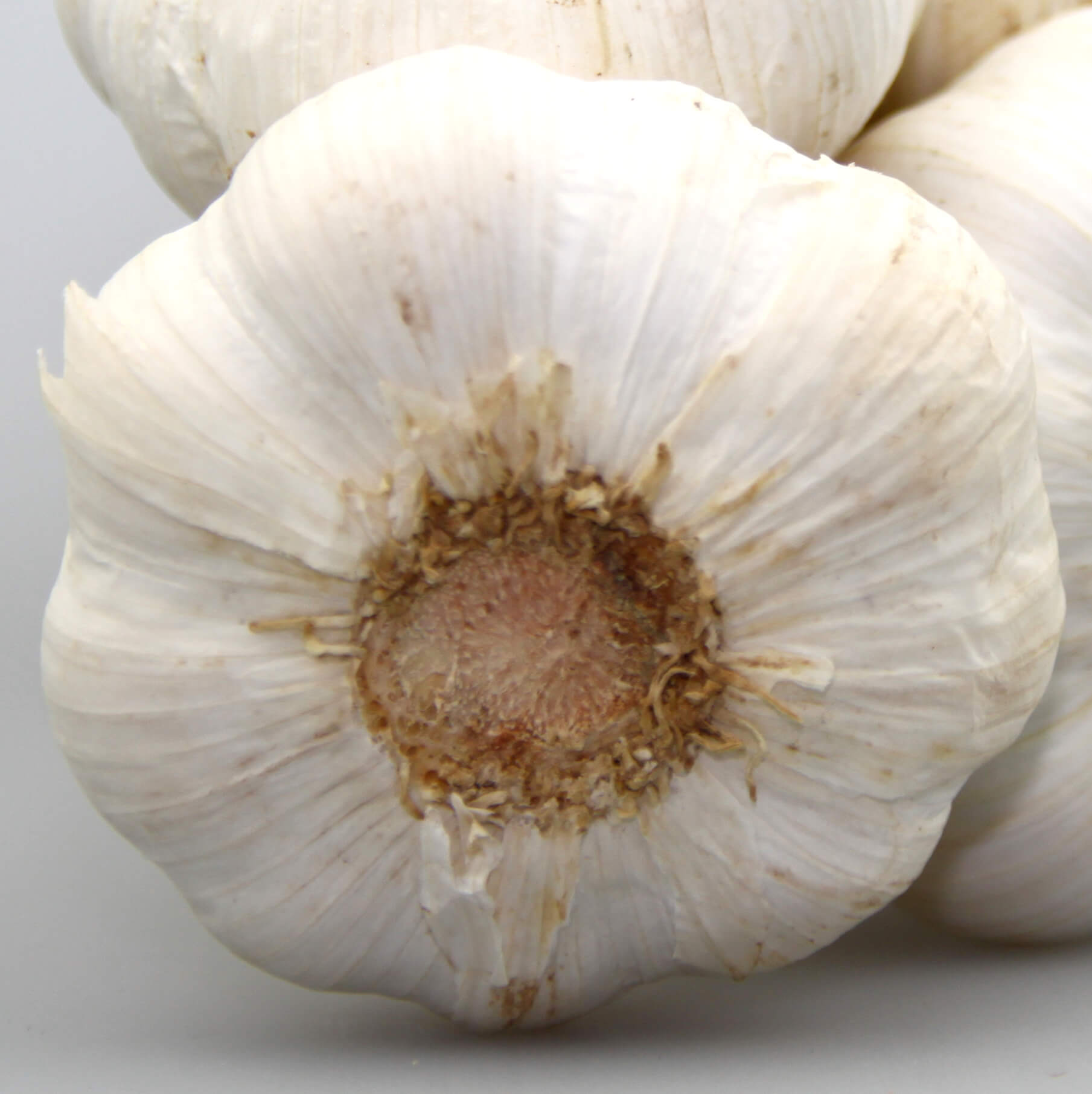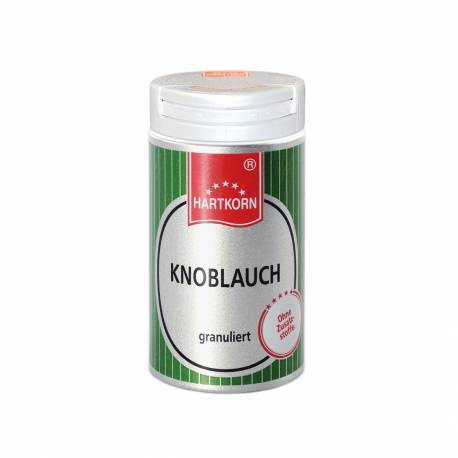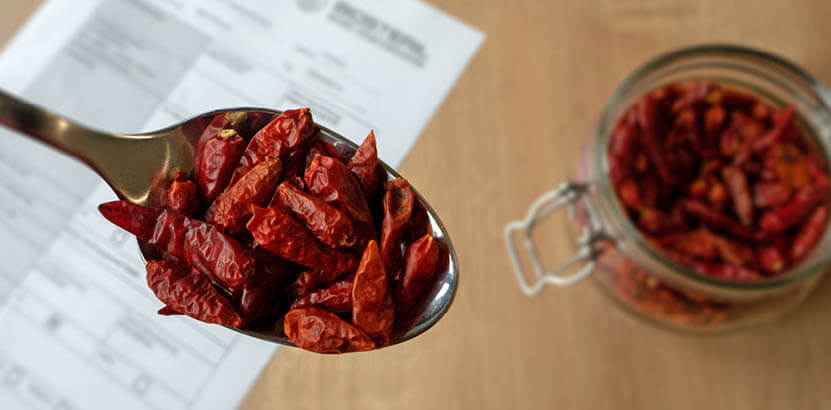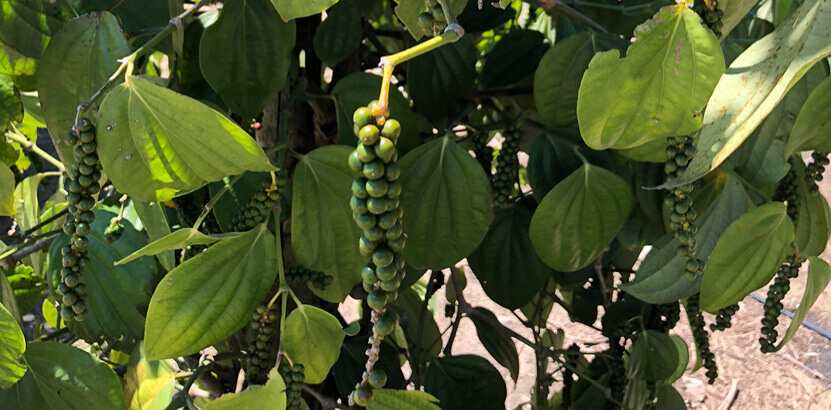Synonyms: Botanical family: origin: Classification>/strong>: spice shape: flavor: odor: use: The spirits are divided on garlic. Either you like it or not. The reason for this strict division into garlic lovers and enemies is its pungent taste and the noticeable, characteristic odor, which remains long and intense after the consumption of garlic. The addition of ginger makes the garlic more digestible and takes away some of its peak taste. Garlic is particularly popular in southern Europe. It is well suited for seasoning many meat dishes (especially mutton), salads, sauces and vegetables as well as for sausage production. For the latter, the strong antimicrobial effect of the garlic component allicin is advantageous. The use of garlic is also becoming more and more common in the German kitchen. In addition to its taste in food, garlic is also of great medical importance. Active ingredients from the tubers are used in many ways, especially for lowering blood pressure and alleviating bronchial problems. tip: Recipe suggestion: knowledge: Botany: home & spread: cultivation & extraction: history: Garlic
General information
Application
Things to know
 Botanical name:
Botanical name:
Allium sativum L.
Knofel
leek plants
China, Hungary, India, Thailand, Italy, Spain
spice
onion
typical smell of garlic
pungent, burning, tasting of garlic
meat, fish, casseroles, soups, dressings, dips, pestos, Mediterranean dishes
Develops its full aroma when pressed or finely chopped
Garlic spread: Crush 1 can of anchovy fillets, press 15 garlic cloves, chop 1 bunch of parsley. Mix everything with 5 tablespoons of oil to a paste. Fry another 15 finely chopped cloves in some oil until golden brown and stir in.
botany: The typical garlic smell is caused by the damage of the plant tissue. In this process, non-volatile alliins come into contact with the enzyme alliinase and volatile, characteristic leek oils are formed. Biologically, this mechanism protects the plant against predators.
The garlic is a plant about 70 cm high and has flat, broad, gray-green or bluish green leaves. The round stem becomes tough and woody when old, bears numerous red flowers, which are grouped together in a spherical umbel and develop into bulbs up to 1 cm in size. The bulb hidden in the soil is composed of individual large, elongated-egg-shaped bulb scales, which are so densely packed together that they become angular due to the mutual pressure. Each individual clove is covered by a tough, silvery white onion skin, and the whole tuber is surrounded by several layers of this skin.
Garlic comes from Inner Asia and reached Europe about 5000 years ago via Near East and Egypt, where it is cultivated almost everywhere today. Particularly significant occurrences can be found in Southern Europe, the Balkan countries, Germany, Egypt, China, Taiwan and the USA.
Garlic is grown in large quantities in fields, but probably every garden has a bed of garlic for domestic use. The plant can either be grown from the brood bulbs formed by the flower, which in the first year then produces toeless bulbs, or the individual cloves of selected tubers are used for stocking. After harvesting, the garlic plants are usually dried in the field and then woven together with the remaining dry stems and leaves to form the familiar braids. From the fresh tubers, dehydrated dry products can be obtained for industrial processing by draining: Garlic granules, garlic flakes, garlic powder. The latter is mixed with common salt to form garlic salt.
Garlic, called "King of Spices" by Pythagoras, was already cultivated in large quantities in ancient Egypt and exported. Due to its antiseptic effect, it was also used to fill the body cavities of mummies. The Romans finally spread it in Europe as an important spice and medicinal plant.
http://de.wikipedia.org/wiki/Knoblauch







